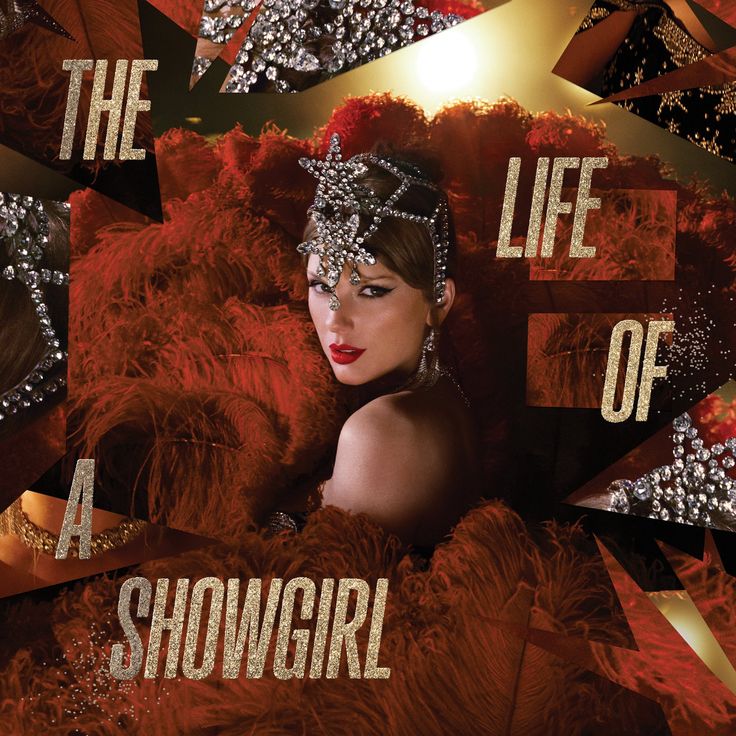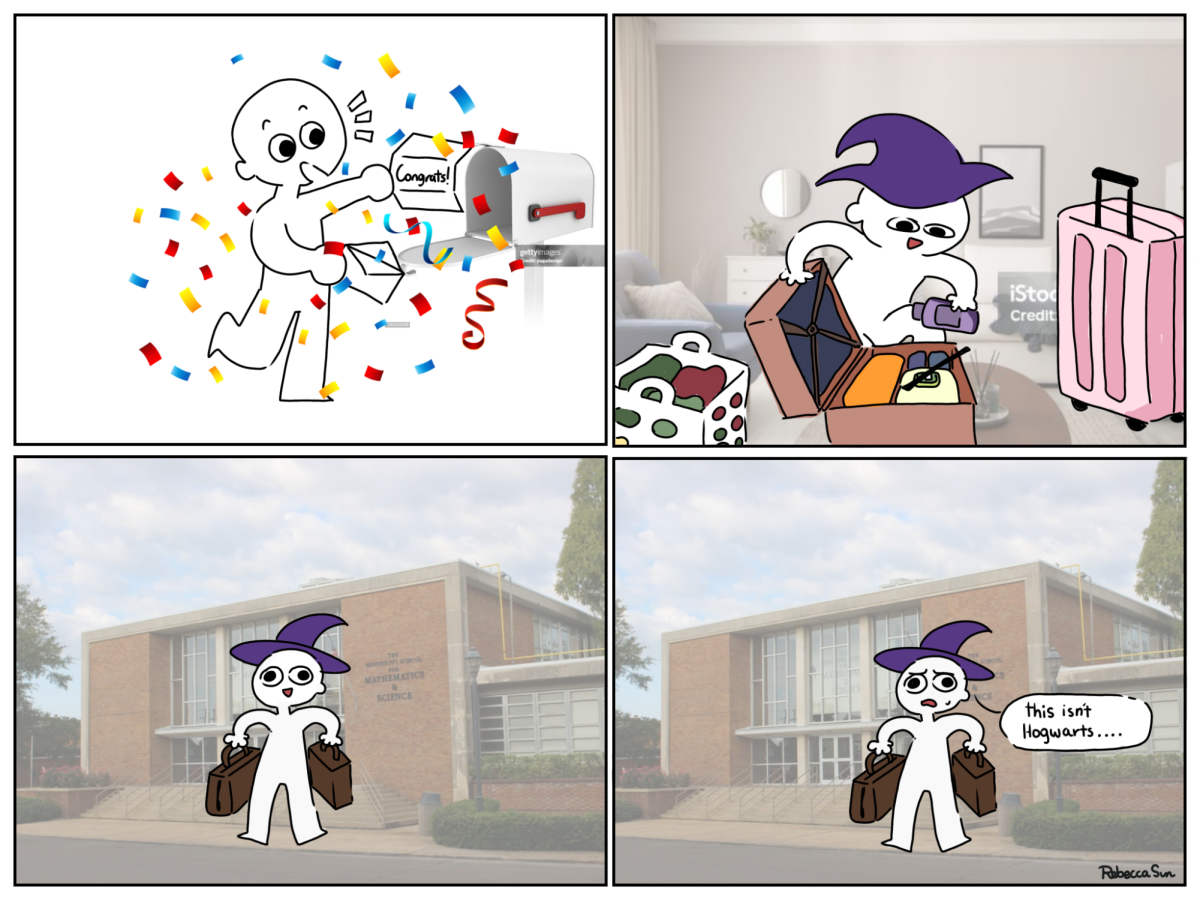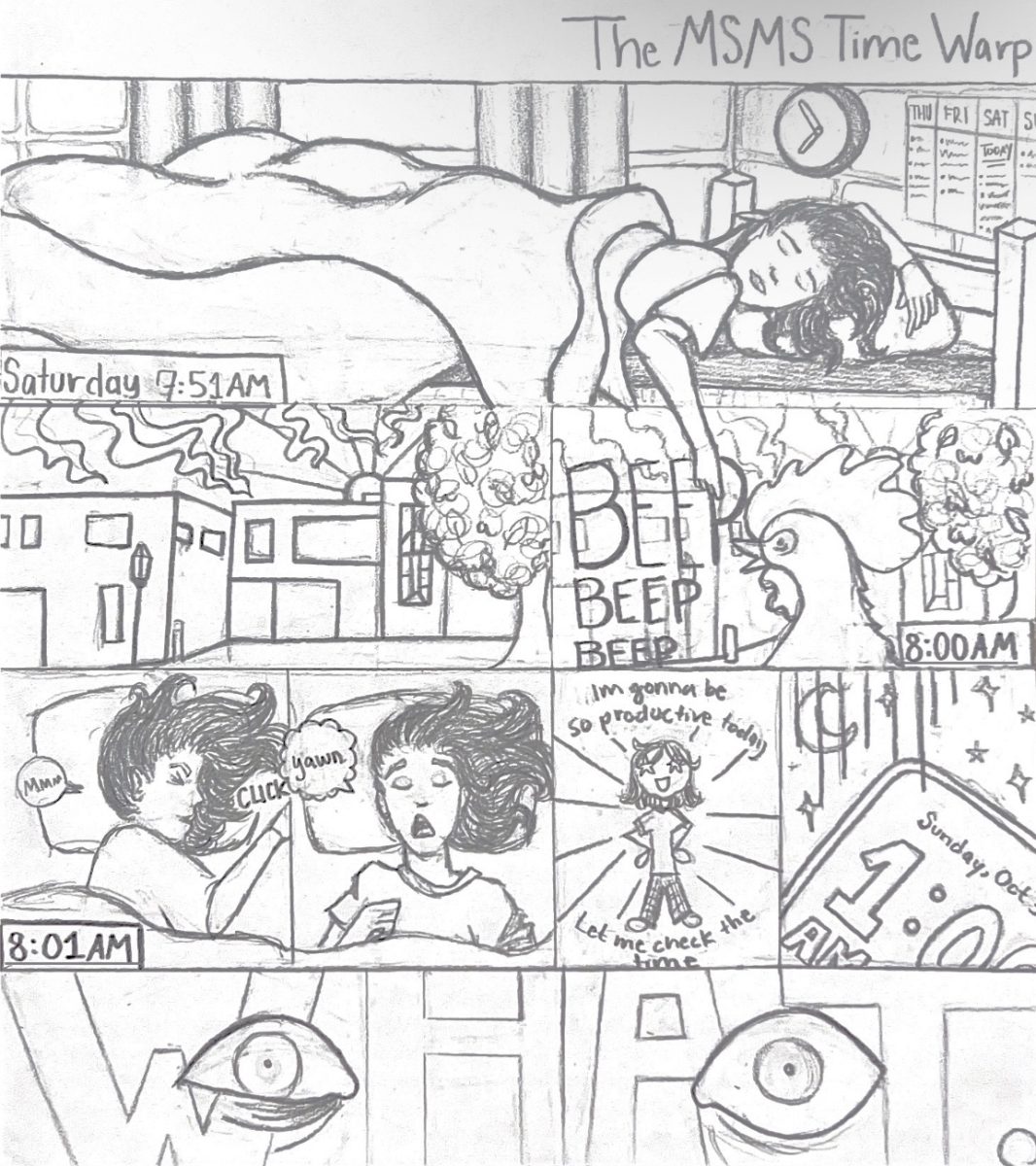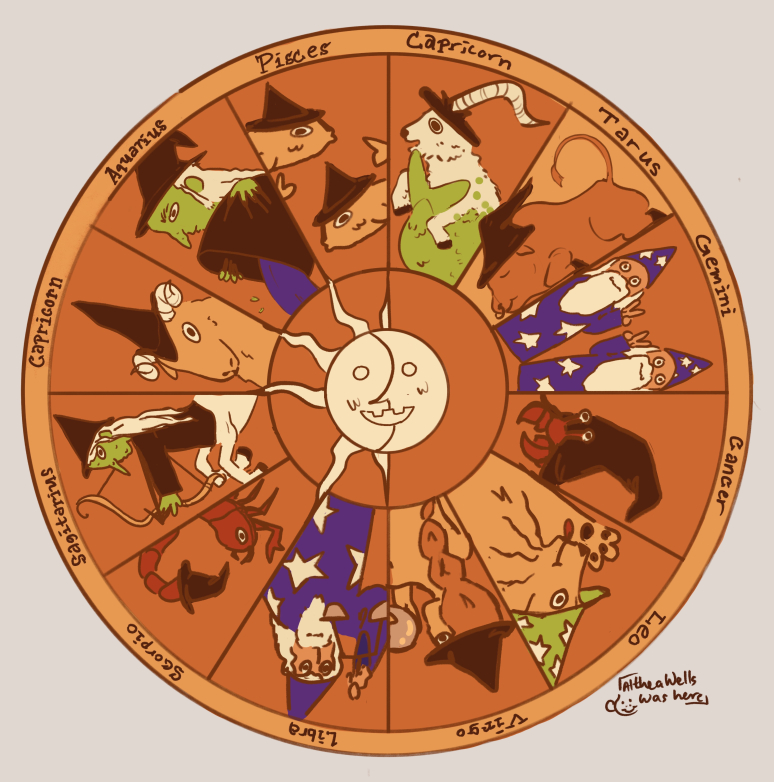Taylor Swift’s 12th studio album, The Life of a Showgirl, brings new life to Swift’s sound and image through upbeat autobiographical pop songs that take listeners through the last few months of the Eras Tour.
The showgirl concept continues the journey of the soaring success of the tour, piggybacking off fans’ nostalgia to relive it from a fresh angle. Swift’s production and storytelling in The Life of a Showgirl capture the feelings and experiences of being a showgirl with grandeur and confidence.
To create this album, Swift refined the aspects of her music that have been criticized in recent years. Professional writers and the masses alike said Swift’s previous album, The Tortured Poets Department, was too lyrically dense and had too many songs. On The Life of a Showgirl, Swift wrote simpler lyrics and included only 12 songs on the album. Another critique was her production style with artists Jack Antonoff and Aaron Dessner was becoming stale. In response, Swift recorded the album with producers Max Martin and Shellback in Sweden while on the European leg of her tour.
Producing incredibly catchy, fun songs was Swift’s main goal for this album, and she succeeded.
The Life of a Showgirl deals with themes of love, fame, nostalgia, betrayal and ultimately, rising above negativity to choose happiness. The tracks’ upbeat style effectively conveys the healthy romantic love Swift writes about. She also expresses these ideas with snappy, often funny, lyrics. The lead single, “The Fate of Ophelia,” has a popular post-chorus hook with the lyrics, “Keep it 100/On the land, the sea, the sky/Pledge allegiance to your hands/Your team, your vibes.” Some find it embarrassing, and some love it, but either way, it sticks in listeners’ minds like any good pop song should.
Swift describes her life in detail through storytelling in songs like “The Fate of Ophelia,” “Father Figure” and “The Life of a Showgirl (feat. Sabrina Carpenter).” She does a remarkable job of making comparisons within her works, something all writers should strive to do. In particular, she uses historical figures and characters, as well as self-written characters, to tell her own story.
In “The Fate of Ophelia,” Swift compares herself to the character Ophelia from William Shakespeare’s “Hamlet.” Swift has written herself as a Shakespeare character before. In “Love Story,” released in 2008, she plays Juliet from Shakespeare’s “Romeo and Juliet.”
In both songs, Swift flips the fate of the characters. Instead of meeting a sad end, Romeo and Juliet successfully find love. Rather than Swift metaphorically drowning like Ophelia physically did, Swift is saved by love. This love weaves itself throughout the rest of the album.
Swift’s “Father Figure” uses the broader character of a father figure to tell a story of power. It revolves around individuals in the music industry who hold power and serve as mentors to up-and-coming artists.
At first, it is implied Swift is the new, young artist, but by the end, she is the one in power and has overcome the ones who took advantage of her. The story progresses perfectly in the song. It starts with the lyrics, “When I found you, you were young, wayward, lost in the cold/Pulled up to you in the Jag/Turned your rags into gold,” and near the end of the track the music has crescendoed and the story has led to, “You pulled the wrong trigger/This empire belongs to me,” where the speaker is now Swift instead of the earlier father figure. The theme of power dynamics in the song adds depth to the overall narrative of the album.
“The Life of a Showgirl (feat. Sabrina Carpenter)” has a grand, Broadway-like sound. Its stomp-clap beat in the background fits the story told lyrically. Swift uses the fictional character Kitty to represent a performer who warns of what fame actually entails. The bridge is sung in a musical theater style and leads to an outro mimicking the end of a concert. Swift included cheering noises from the last show of the Eras Tour, fully bringing the stage into the closing track of the album.
The unique feeling of being a showgirl with more fame than most figures in history is one Swift explores through the lens of her recent experiences. Though most listeners may not be able to relate to the literal life of a showgirl, they can still connect with the album because Swift makes specific experiences universal by linking everything to love.
Swift combined her lyrics with addictive melodies and directed a glamorous music video for “The Fate of Ophelia” to create her most fun album so far.













